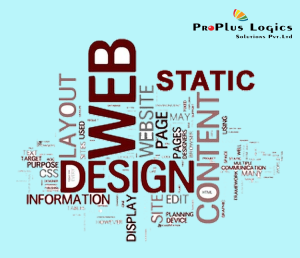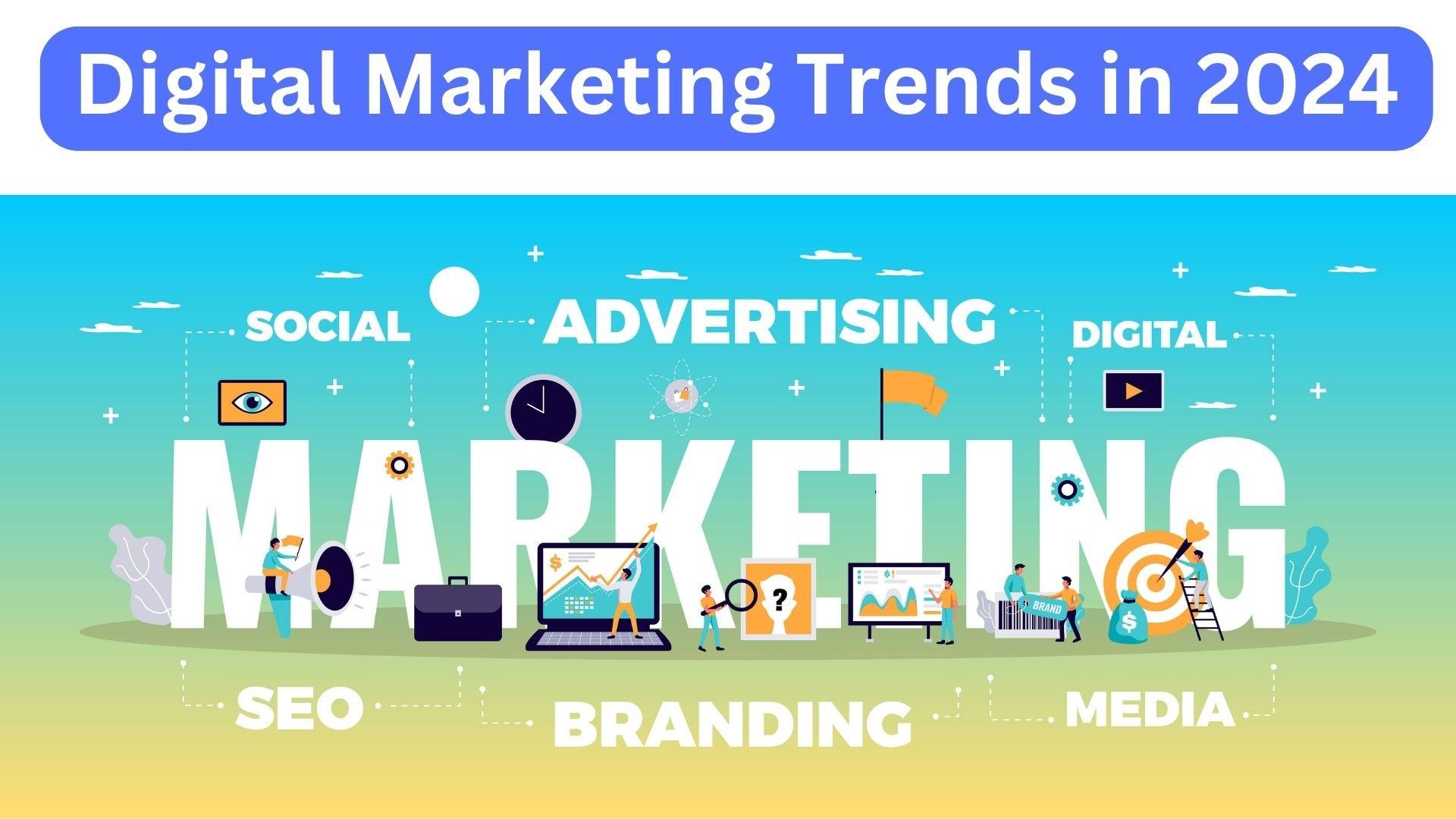Every web developer should be aware of a wide range of rules and techniques associated with web development. In order to design and build a website that looks and functions the way you wish it to, you’ll need to get familiar with web technologies that can assist you.
Typically, if one wants to develop an app or a website, one needs to know JavaScript, CSS, and HTML. Though it may seem complicated at first, understanding web technology and how it works becomes a lot simpler once you know what you are doing.
Although learning may take some time, training, and patience to dive deep into the subject, you’ll eventually gain a good understanding.
Here in this blog, we present to you some of the common technologies that are used in today’s modern web world.
Let’s get started!
Before we begin, what are front-end and back-end technologies?
Front-end Technologies
Front-end technologies are also called “Client-side” programs that are used to develop the interaction component and elements that the user sees and interacts with. In simple words, everything the user sees and interacts with on the website, like buttons, icons, logo, animation, and more, are developed by a front-end web developer. The front end determines the look and feel of the website.
Back-end Technologies
Back-end technology is also called a server-side program. It focuses on server-side web logic, database, scripting, web architecture, API creation, which give life to the web application. Functionalities of application such as sharing, money traction, and everything the app has to offer are developed by back-end technologies.
Now that you have a clear understanding of what are Front-end and back-end technologies.
Let’s delve into the topic.
Technologies used to create a static website design:

HTML
HTML stands for Hyper Text Mark-up Language. It’s one of the fundamental languages required for developing a website. These codes are used to structure the web page and its content.
For example: if you want your content to be arranged in a set of paragraphs, a list of omg площадка bullet points, or in table HTML allows you to make it appear in a certain way the user needs. Without HTML, the browser couldn’t load images, content, or other elements.
HTML 5 is the latest and current version of HTML used in the large application interface that could be used coupled with JavaScript for a more attractive and dynamic website.
Canvas: Canvas is one of the HTML5 elements used to manipulate images shapes and manipulate them. Similarly, it can be applied to more complex situations such as game graphics and animations.
Web Storage: Using Web Storage, information can be stored directly in the browser. We could store user information on a website, for example.
CSS
Using CSS or cascading style sheets, you can define the style and aesthetics of a website. HTML specifies how a web page will be structured, while CSS specifies how the structure will appear. This includes elements such as page layout, colors, and fonts. If HTML is the bones of the web page, CSS is the skin. With CSS, you can make your website look great.
JavaScript
JS (JavaScript) adds interactive elements to web design. In conjunction with other programming languages, it allows websites to be more efficient. Design elements such as image sliders, mega menus, tabs, form validation, etc., are built with JS. Runtime languages allow web designers to create interactive designs which enhance navigation and user interaction.
 " alt="">
" alt="">










